Humans news stories

Some chapters of human history are more poignant to revisit than others…But other chapters, like those describing the loss of our ancient ancestors, are harder to recover as time passes. A chance finding of bones in a cave is revealing clues of a much older tragic mystery.
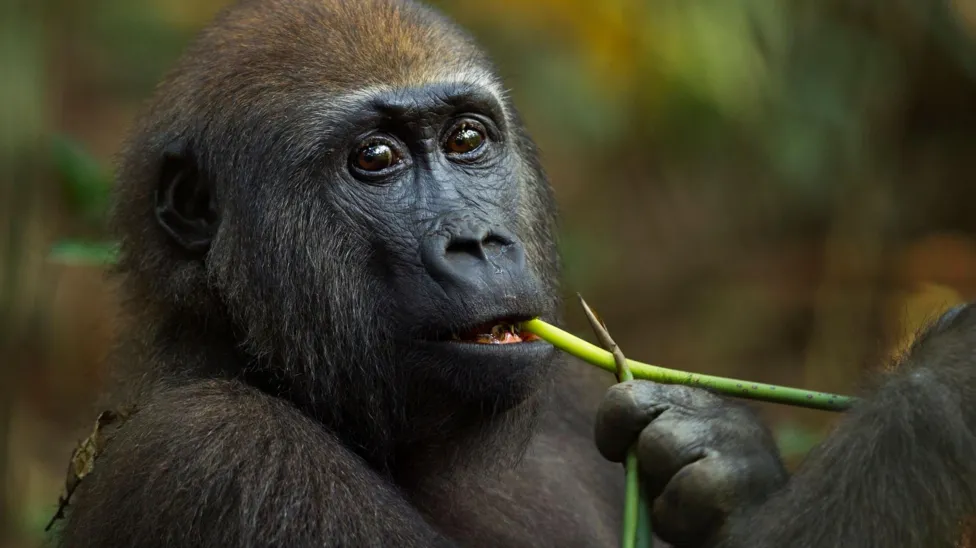
Researchers in Gabon studied tropical plants eaten by wild gorillas – and used also by local human healers – identifying four with medicinal effects. Laboratory studies revealed the plants were high in antioxidants and antimicrobials. One showed promise in fighting superbugs. The research is published in the journal PLOS ONE.

The discovery, published September 11 in the journal Cell Genomics, could shed light on the still-enigmatic reasons for the species’ extinction and suggests that late Neanderthals had more population structure than previously thought.
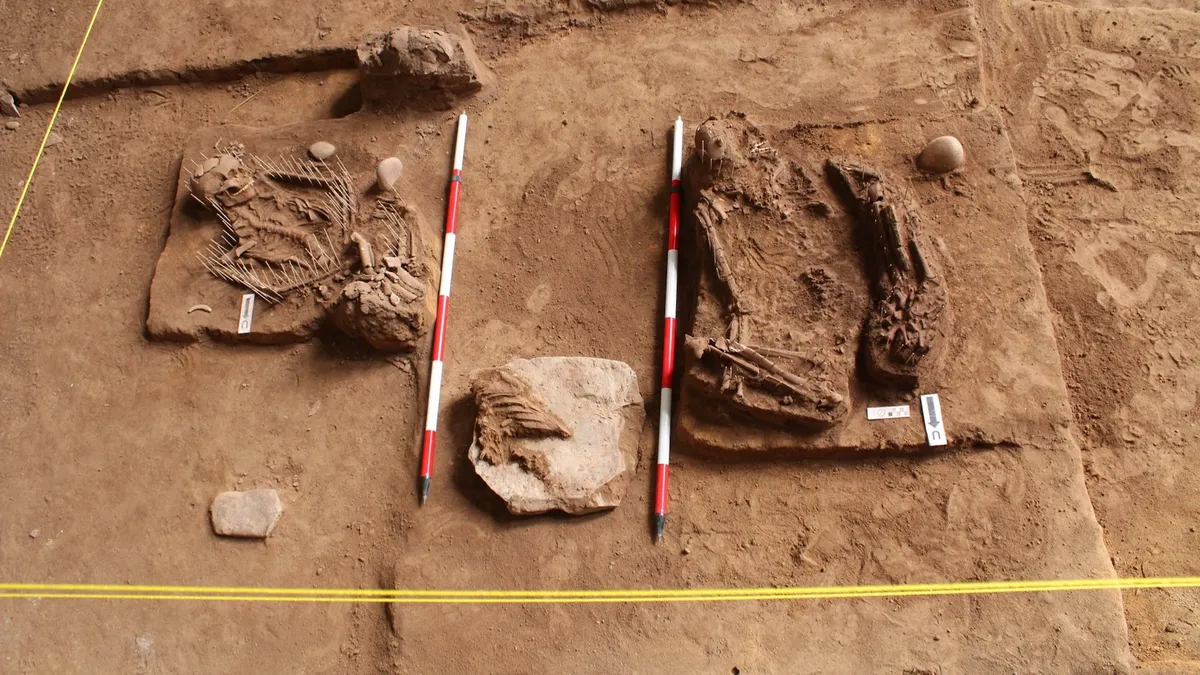
Archaeologists investigating caves in Malaysia ahead of their flooding for a hydroelectric reservoir have discovered more than a dozen prehistoric burials they think are up to 16,000 years old.
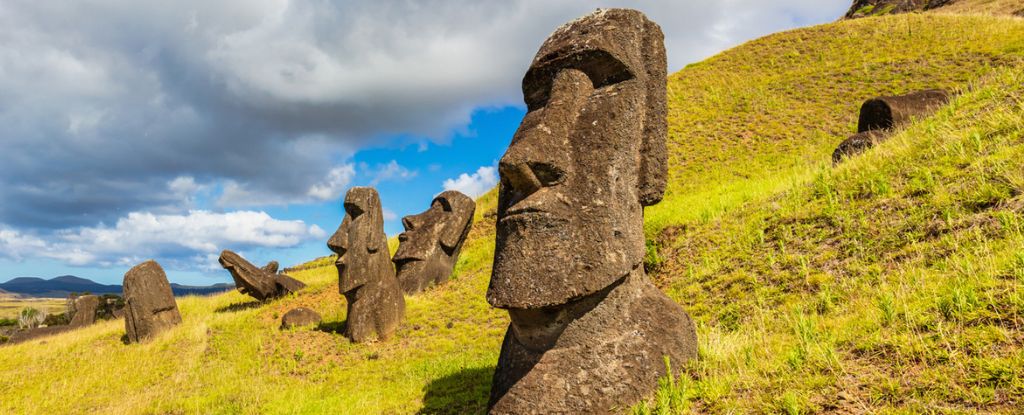
An international team of geneticists has found evidence that this famous cautionary tale never actually happened. The study was published in Nature.

The plot has thickened on the mystery of the altar stone of Stonehenge, weeks after geologists sensationally revealed that the huge neolithic rock had been transported hundreds of miles to Wiltshire from the very north of Scotland.
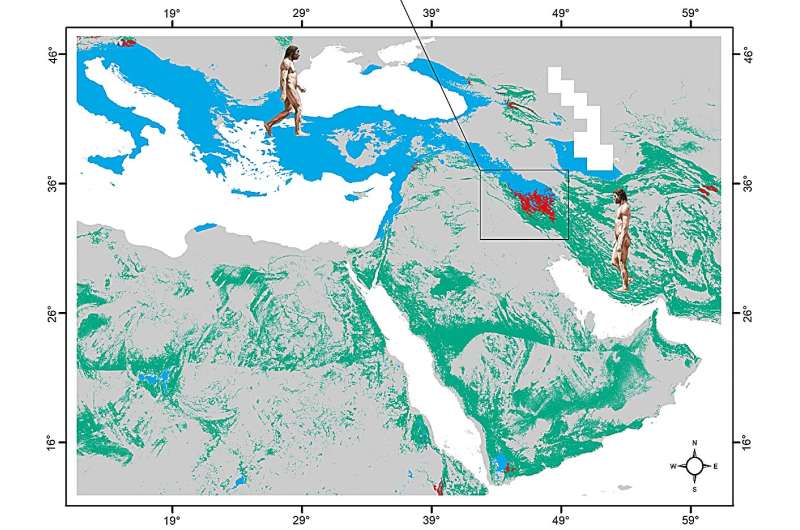
In their paper published in the journal Scientific Reports, the group describes how they used ecological niche modeling and a geographic information system to identify the locations of Neanderthals and Homo sapiens living in parts of Southeast Europe and Southwest Asia and the places where they most likely interacted.

Tetrahydrocannabinol (THC), the main active ingredient in cannabis, has been shown to reverse conventional signs of brain aging in mice – a discovery that could help in finding ways to keep our brains healthier and sharper for longer as we get older. The research has been published in ACS Pharmacology & Translational Science.

An interdisciplinary research team from the University of Cologne’s Institute of Geophysics and Meteorology and the Department of Prehistoric Archaeology has developed a new model, the “Our Way Model.”…the results have been published in an article titled “Reconstruction of human dispersal during Aurignacian on pan-European scale” in Nature Communications.
A recent study published in Clinical Pharmacology & Therapeutics challenges conventional wisdom about the interaction between cannabidiol (CBD) and tetrahydrocannabinol (THC), revealing that it may be not only incorrect but actually the opposite of what is commonly believed.

“By growing mycelium into the electronics of a robot, we were able to allow the biohybrid machine to sense and respond to the environment,” says senior researcher Rob Shepherd, a materials scientist at Cornell. This research was published in Science Robotics.
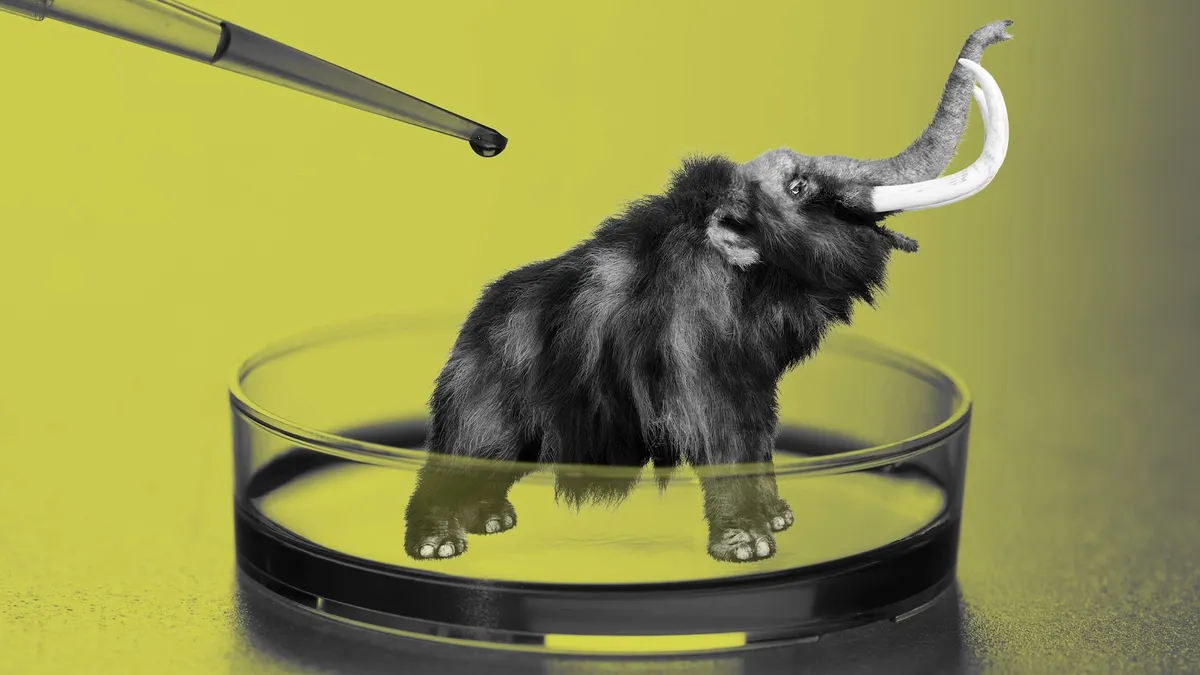
Scientists are getting very close to bringing a few iconic species, like woolly mammoths and dodos, back from extinction. That may not be a good thing.

A doughnut-shaped region thousands of kilometers beneath our feet within Earth’s liquid core has been discovered by scientists from The Australian National University (ANU), providing new clues about the dynamics of our planet’s magnetic field. The research is published in Science Advances.

New geoarchaeological research shows that metalworking in ancient Egypt led to significant contamination in a nearby port.
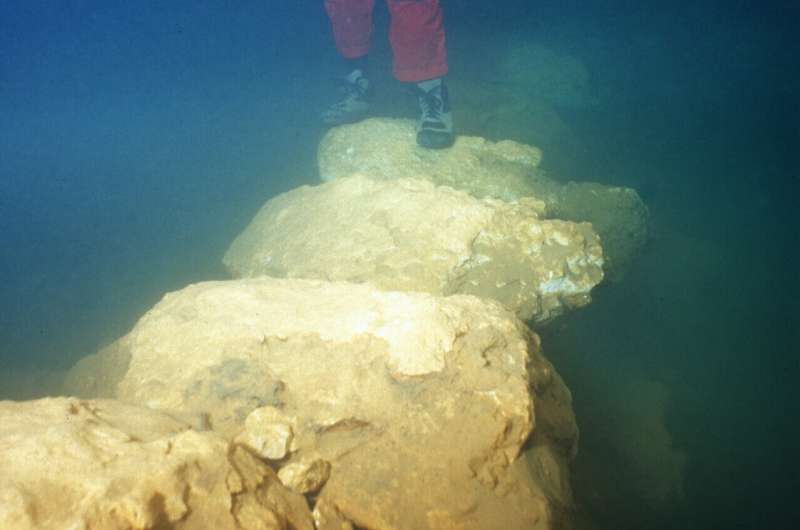
A new study led by the University of South Florida has shed light on the human colonization of the western Mediterranean, revealing that humans settled there much earlier than previously believed. This research, detailed in a recent issue of the journal, Communications Earth & Environment, challenges long-held assumptions and narrows the gap between the settlement timelines of islands throughout the Mediterranean region.

Study described as ‘necessary first step’ in discovering whether dogs and humans can use push-button devices to communicate.








